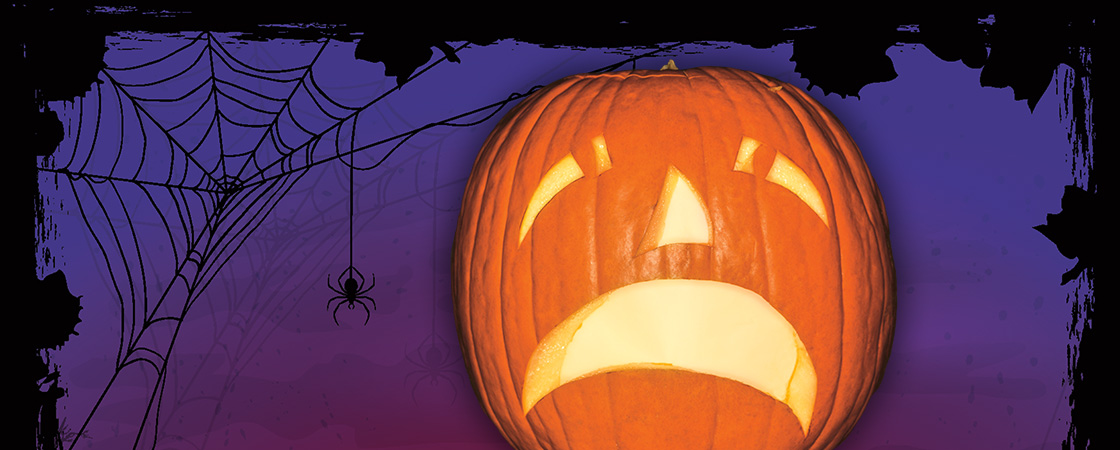Let your pumpkin get soft and mushy. Then break it into little pieces. Cover the pieces with dry leaves and mix the pile once a week. Slowly, the pieces will turn into soil. This process is called composting!
Can’t get enough of pumpkins? No problem! Students can practice their contraction skills while learning more about these amazing gourds: “Fascinating Facts About Pumpkins.”

